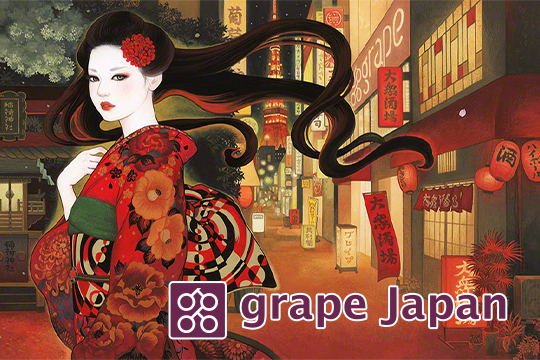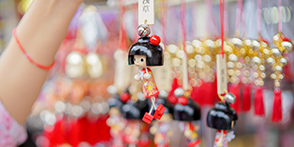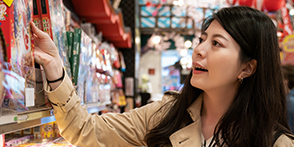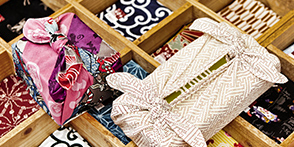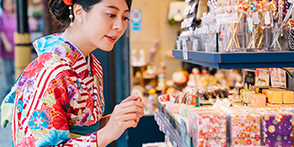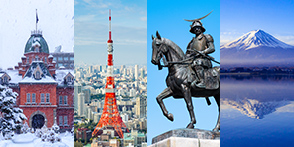-
地区
- 关西
- 兵库
-
分类
- 地区
- 其他
-
更新日期
- 2021-01-03
The name Mount Rokko refers to a mountain range that runs approximately 56 kilometers across the southern central prefecture of Hyogo. It is a symbolic natural landmark for the prefecture’s largest city, Kobe, and is a popular sightseeing spot even among its neighbors in the Kansai region.
One point of interest for visitors is the Rokko Alpine Botanical Garden. It is located near the peak of Mount Rokko, and so plenty of the plants and flowers on display are alpine, with some even native to the mountain range itself.
The park is normally closed during the winter months, however, they recently announced a special opening period in 2021 for those who want to see some early-blooming flowers before spring rolls around.

One of the park’s star attractions are its white coptis quinquefolia flowers (pictured left), known as 梅花黄蓮 baikōren in Japanese. It is the park’s earliest blooming flower and it has leaves that stay green even during winter. Another type of flower that winter visitors are likely to see is eranthis pinnatifida, known as 節分草 setsubun-sō in Japanese (pictured right). It is native to Japan and there are over 20,000 of them planted throughout the park.

The park also boasts of other colorful early bloomers, one of which (pictured right) is a type of plant known as the “Eastern skunk cabbage” (Symplocarpus renifolius, 座禅草 zazensō in Japanese). Despite its beautiful, deep red color, when its leaves are bruised, they start developing a smell that is reminiscent of skunks.
Rokko Alpine Botanical Garden will have its special opening periods for several days between February and March 2021. You can read more details below, or visit the park’s website to read their announcement in Japanese.
●Rokko Alpine Botanical Garden Winter Special Opening and Pre-Opening
Winter Special Opening Dates: February 28 and March 7, 2021
Pre-Opening Date: March 13-19, 2020 (closed on March 18th)
Park hours: 10:00 to 16:00
Admission: 600 yen (adults), 300 yen (children)
Park website (Japanese)
...... read the original article on the grape Japan website:
